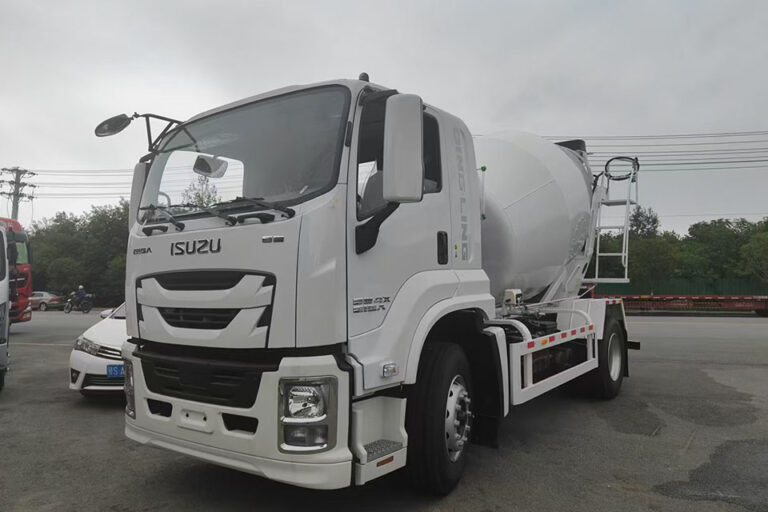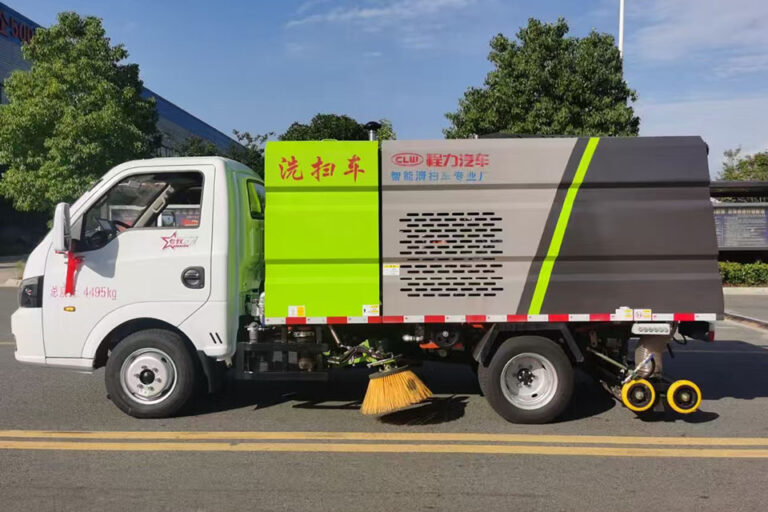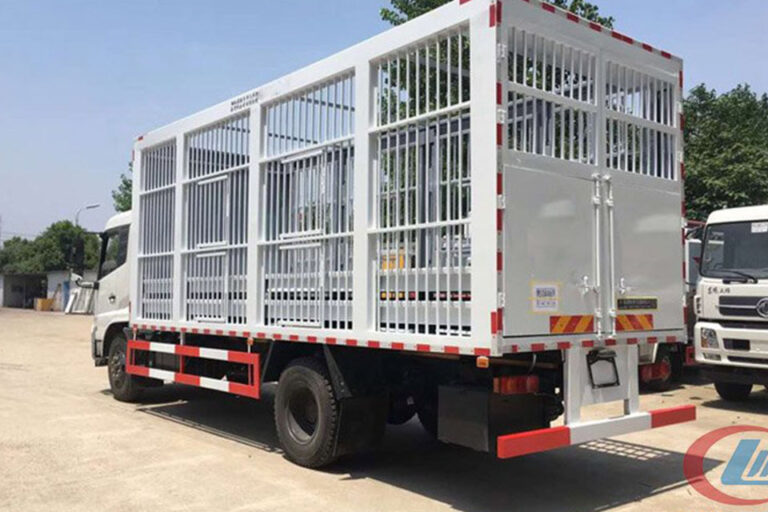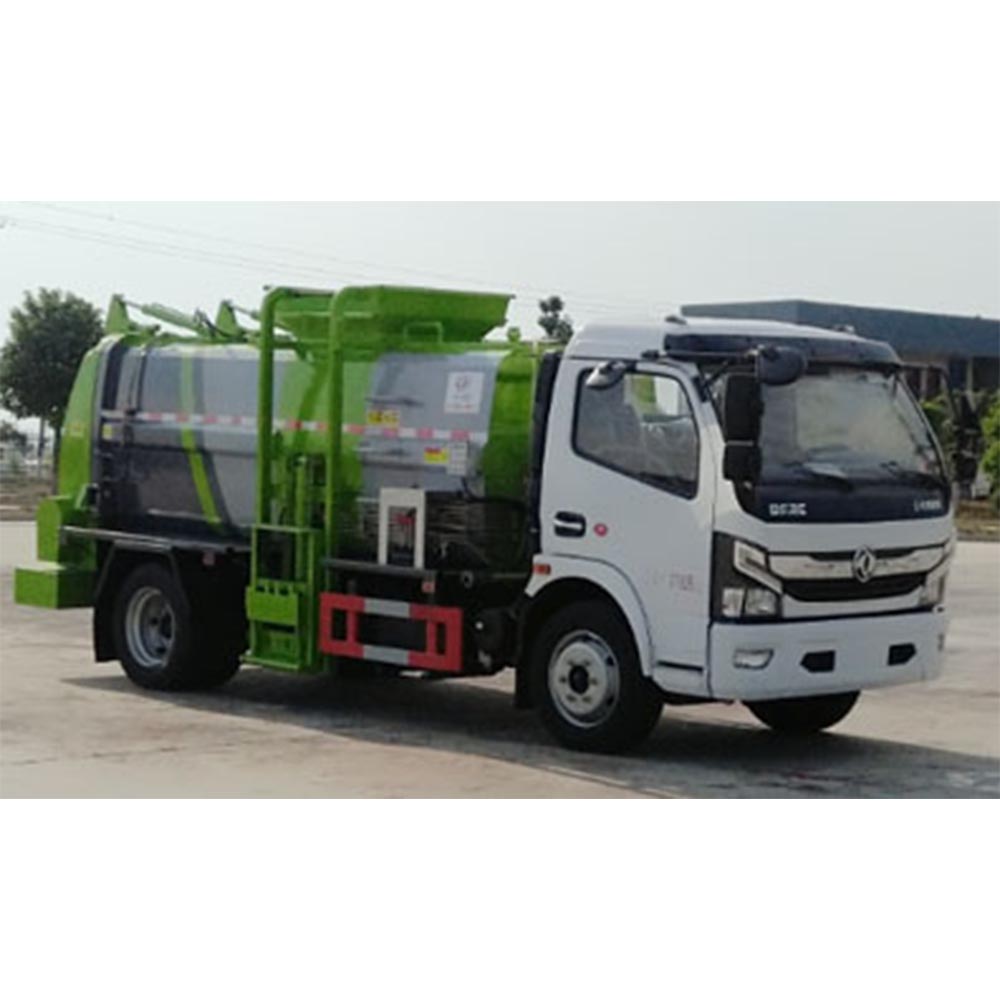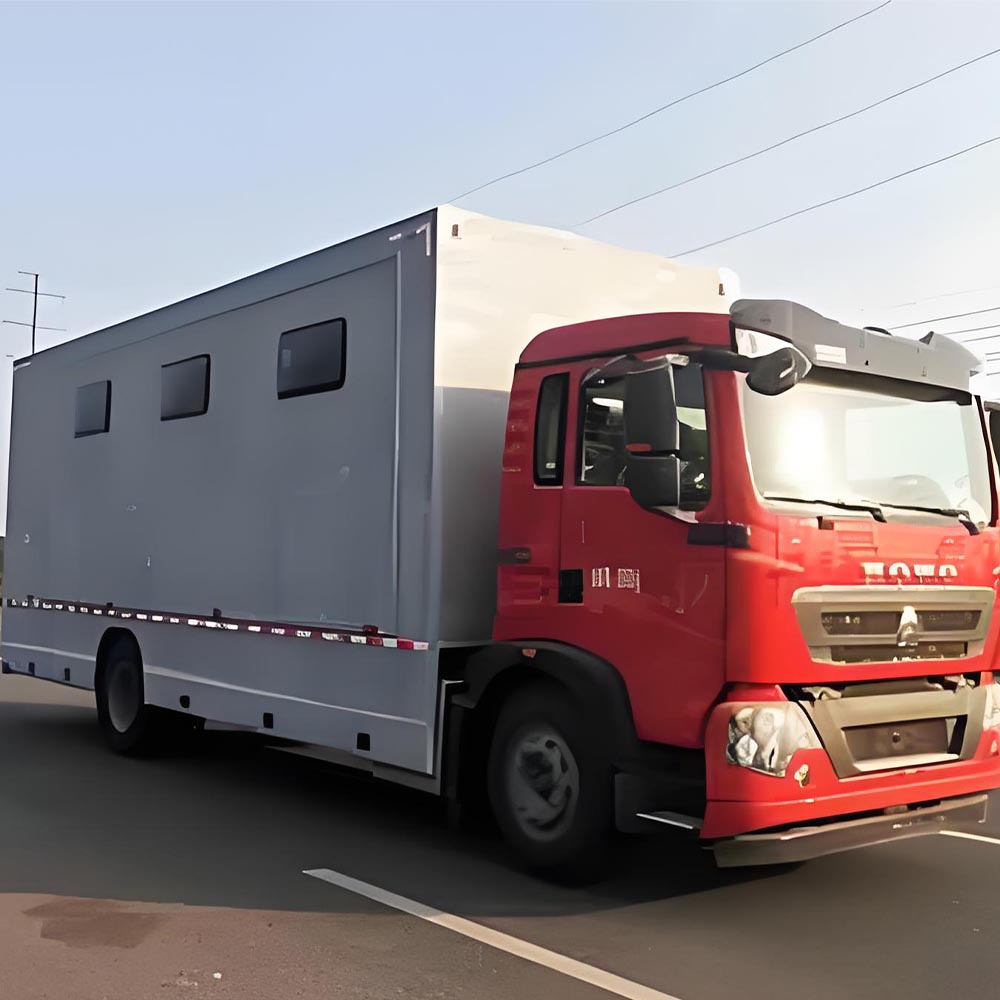-
Chengli Automobile Industry Park

What is the difference between a wrecker and a rotator?
What is the Difference Between a Wrecker and a Rotator?
Are you stuck in a bad spot with your big truck? Do you need help? You might hear about wreckers and rotators. What makes them not the same? Let’s find out!
Table of Contents
What Are Wreckers and Rotators?
Wrecker Trucks
A wrecker is a tow truck that can pull cars and trucks. Think of the trucks you see helping cars on the side of the road. These trucks have a hook or lift to move cars.
Wrecker
Rotator
Max Lifting Capacity (Tons)
Feature Comparison
| Feature | Wrecker | Rotator |
|---|---|---|
| Size | Smaller | Largest |
| Boom Movement | Fixed/Limited | 360° Rotation |
| Max Lift (Tons) | Up to 26 | 60-75 |
| Terrain | Paved Roads | All Terrain |
Rotator Trucks
A rotator is a big, strong tow truck with a special arm. This arm can turn all the way around in a full circle! It’s like a big crane on wheels.
Key Differences at a Glance
Let’s see what makes these trucks not the same:
| Feature | Wrecker | Rotator |
|---|---|---|
| Size | Smaller | Biggest tow truck |
| Boom Movement | Fixed or limited | 360° rotation + 30ft extension |
| Max Weight It Can Lift | Up to 26 tons | 60–75 tons |
| Where It Can Work | Paved roads only | Rough ground, slopes, ditches |
| Cost | Less money | Costs much more |
How They Look and Work
Wrecker Design
Wreckers look like the tow trucks you see most days. They have:
- A truck body
- A fixed boom (arm) or a flat bed
- Tools to hook up cars
Wreckers are good for most tow jobs on the road. If your car breaks down on the highway, a wrecker can help you.
Rotator Design
Rotators are much bigger and have:
- A rotating boom that turns all the way around
- A boom that can stretch out 30 feet
- Big supports that come out to hold the truck steady
- More power to lift very heavy things
Rotators can help when a truck flips over or falls off the road. They can reach and lift from any spot.
When to Use Each Type
When to Call a Wrecker:
- Your car won’t start on the road
- You need to tow a car, van, or small truck
- The vehicle is on flat, paved ground
- You need a fast, less costly tow
When to Call a Rotator:
- A big truck or bus is stuck
- A vehicle is off the road in a ditch
- Something very heavy needs lifting
- A vehicle has flipped over
- The job needs a lift from an odd angle
How Strong Are They?
The strength of these trucks is very different:
- Wreckers: Can tow cars up to big trucks (most up to 26 tons)
- Rotators: Can lift semi trucks, buses, and big machines (60-75 tons)
To see this in real life: a car weighs about 1.5 tons. A school bus is about 15 tons. A full semi truck can be 40 tons! A rotator can lift even more than that.
Special Skills of Rotators
Rotators have some cool skills that make them special:
- Turn All Around: The arm can spin a full circle
- Reach Far: The arm can go out 30 feet
- Lift From Any Side: Can pick up from spots other trucks can’t reach
- Super Strong: Can lift the biggest trucks on the road
This makes rotators great for heavy-duty towing trucks when the job is hard.
Real Jobs They Do
Wrecker Jobs:
- Towing cars from crash sites
- Moving broke-down cars from roads
- Taking cars to shops
Rotator Jobs:
- Pulling a flipped semi truck back up
- Lifting a bus from a ditch
- Moving big machines at work sites
- Helping when mobile crane trucks can’t reach
Taking Care of These Trucks
Both trucks need good care, but in different ways:
Wrecker Care:
- Check brakes and hooks
- Keep the lift system working well
- Basic truck care
Rotator Care:
- Check all the turning parts
- Make sure the long arm is safe
- Test the big lifts and supports
- Special training for drivers
Cost to Own and Run
If you want to buy one of these trucks, the price is very different:
- Wrecker: $50,000-$200,000
- Rotator: $300,000-$600,000
Running them costs different too:
- Wrecker: Less gas, basic fixes
- Rotator: More gas, special parts, trained drivers
Who Uses Them Most?
Different people and jobs need these different trucks:
Wrecker Users:
- Tow truck companies
- Car shops
- Road help services
Rotator Users:
- Big tow companies
- Highway rescue teams
- Heavy-duty rescue trucks services
- Big building sites
Facts and Numbers
Here are some cool facts about these trucks:
- Rotators make up just 15% of heavy tow trucks but do 40% of the hard rescue jobs
- Most tow companies have many wreckers but only one or two rotators
- Rotator teams take about 90 minutes to get to big crashes
- A good rotator driver needs more than 100 hours of special training
What People Ask Most
Can a rotator do what a wrecker does?
Yes, a rotator can do all wrecker jobs, but it costs much more. It’s like using a big bulldozer to dig a small hole in your garden.
Why are rotators so much more money?
Rotators have more parts, stronger builds, and special tools. They are like the “super heroes” of tow trucks!
How do I know which one I need?
If your car is on a road, a wrecker is fine. If a big truck is stuck in a bad spot, you need a rotator.
Words People Use When Talking About These Trucks
When you hear about these trucks, you might hear these words:
- Heavy-duty towing
- Vehicle recovery
- Boom truck
- Wrecker service
- Rotator truck
- 360-degree boom
- Flatbed tow truck
- Wheel lift tow truck
When Things Go Wrong: Story Time
Picture this: A big semi truck slips off a bridge in the rain. It’s hanging over the edge! A normal wrecker comes but can’t help – the truck is too big and in a bad spot.
Then the rotator shows up. It puts out its big supports, turns its arm to the right spot, and slowly lifts the truck back to safety. No other truck could have done this job!
Sum It All Up
Let’s put it simple:
- Wreckers are the daily helpers for cars and trucks on the road
- Rotators are the big guns for the worst, hardest jobs
Think of it this way: a wrecker is like a good, strong truck that helps most days. A rotator is like a super-hero truck that comes when no one else can help!
Now you know the big differences between wreckers and rotators! If you ever see a big truck with a spinning arm helping at a crash, you can say “Hey, that’s a rotator!”


